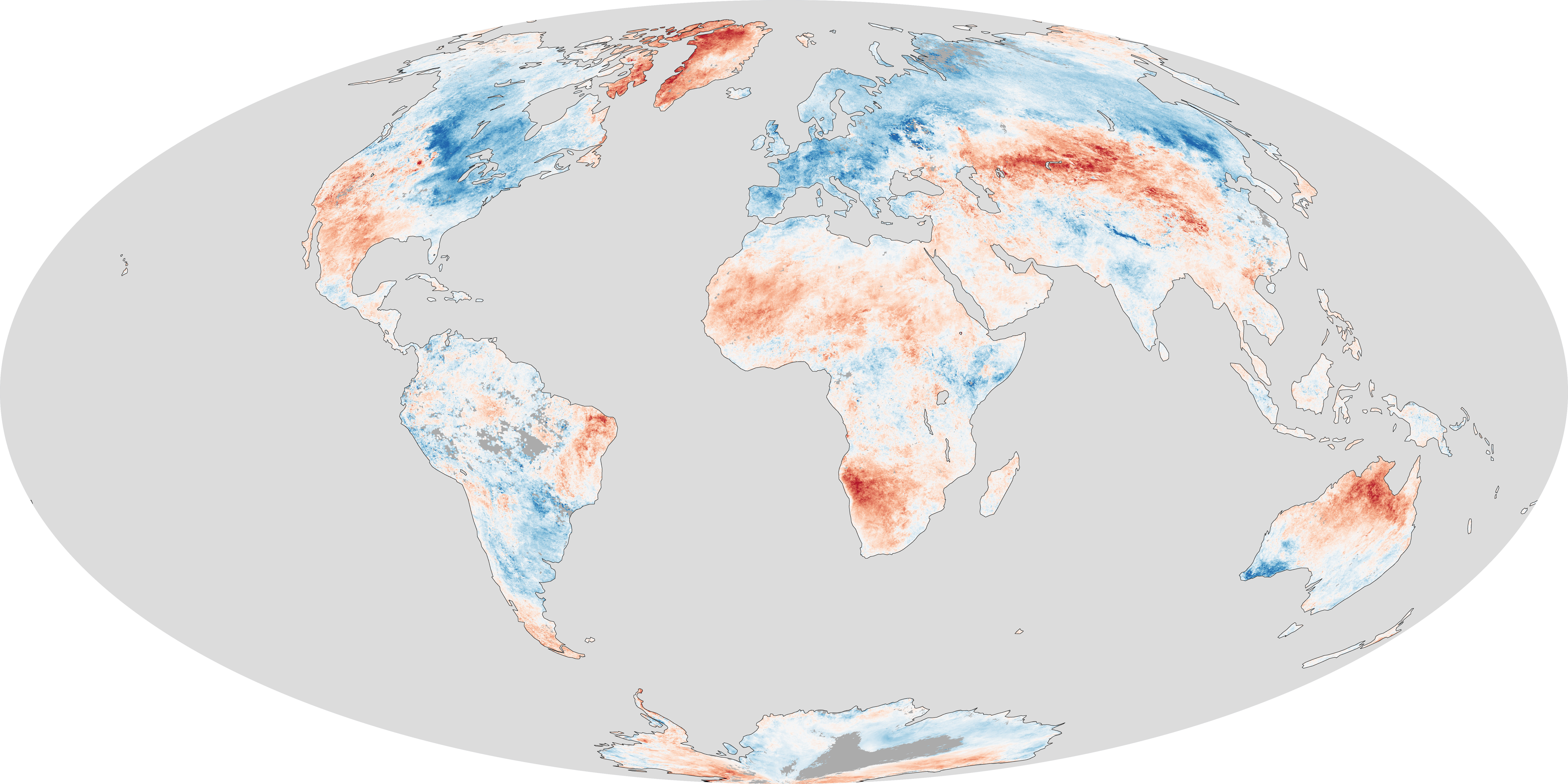So much space awesomeness this week.
Satellites collect more than just pretty pictures. NASA’s Earth Observatory website released this temperature anomaly map above, based on data from the Moderate Resolution Imaging Spectroradiometer (MODIS) on NASA’s Aqua satellite, shows how this affected temperatures in the Northern Hemisphere.
See more of this week’s best images, below:
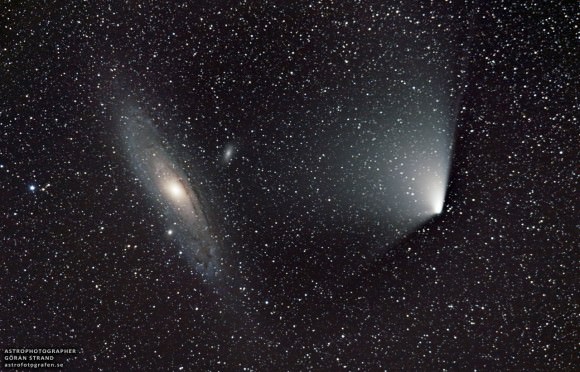
Our viewers have been sending in gorgeous pictures of Comet PANSTARRS paired with the Andromeda Galaxy, or M31. Göran Strand shared this view taken from Sweden on April 4, 2013 on Universe Today’s Flickr photo stream.
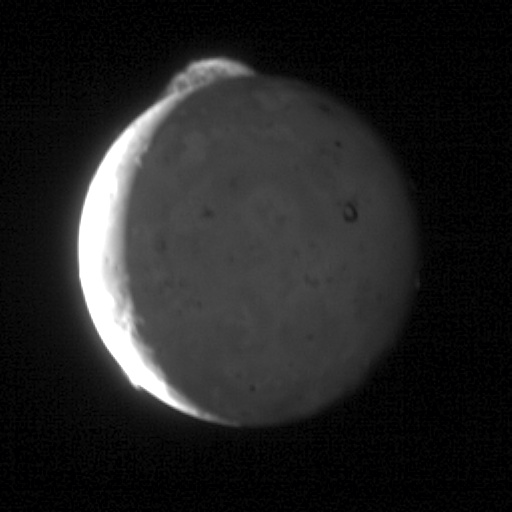
With more than 400 active volcanoes, Io is the most volcanically active world in the Solar System. However, according to a new study released this week, the locations of Io’s volcanoes don’t quite line up where scientists think they should be. This five-frame sequence of images from NASA’s New Horizons mission captures the giant plume from Io’s Tvashtar volcano in March, 2007.
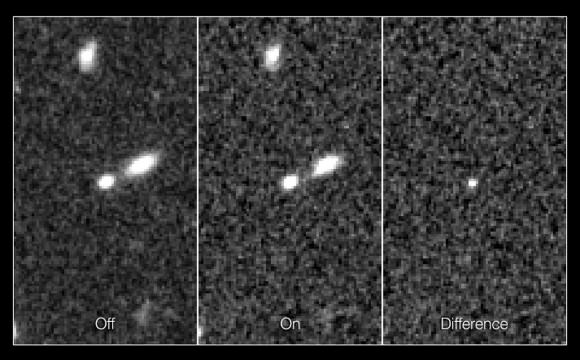
These three frames from NASA’s Hubble Space Telescope show the supernova dubbed SN UDS10Wil, or SN Wilson, the most distant Type Ia supernova ever detected. The leftmost frame in this image shows just the supernova’s host galaxy, before the violent explosion. The middle frame shows the galaxy after the supernova had gone off, and the third frame indicates the brightness of the supernova alone.
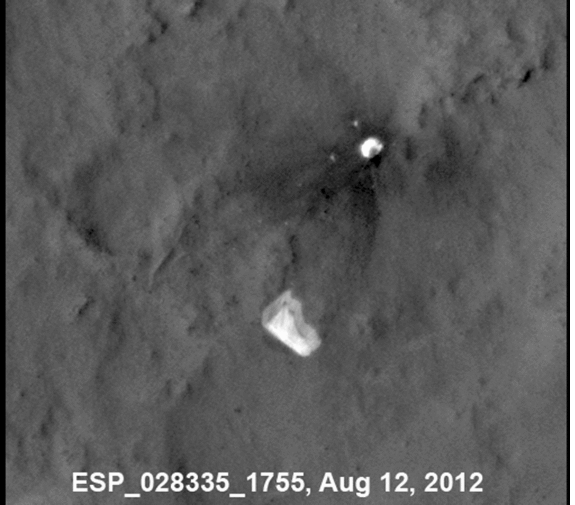
This sequence of seven images from the High Resolution Imaging Science Experiment (HiRISE) camera on NASA’s Mars Reconnaissance Orbiter shows wind-caused changes in the parachute of NASA’s Mars Science Laboratory spacecraft as the chute lay on the Martian ground during months after its use in safe landing of the Curiosity rover.
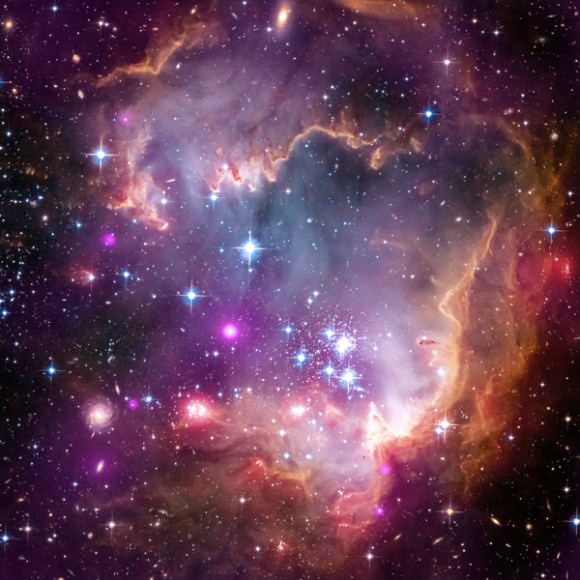
The combined light of NASA’s Great Observatories creates amazingly beautiful images. A part of the Small Magellanic Cloud galaxy is dazzling in this new view from NASA’s Great Observatories. The Small Magellanic Cloud, or SMC, is a small galaxy about 200,000 light-years way that orbits our own Milky Way spiral galaxy.
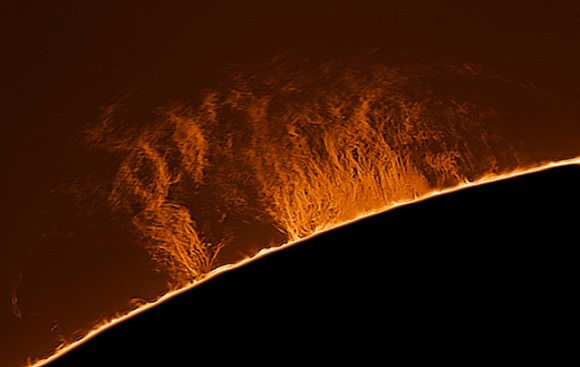
Sheets of luminous plasma arc into space in this image of a large prominence from the Sun, taken on April 1, 2013.
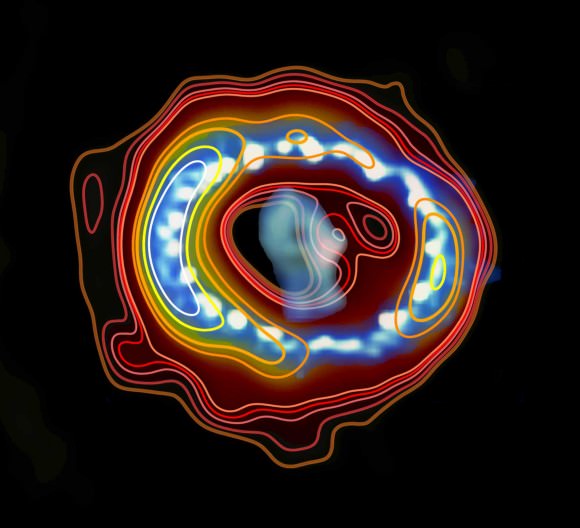
Using the Australia Telescope Compact Array radio telescope in New South Wales, Australia, Supernova 1987A has been now observed in unprecedented detail and created this overlay of radio emission (contours) and a Hubble space telescope image of Supernova 1987A.
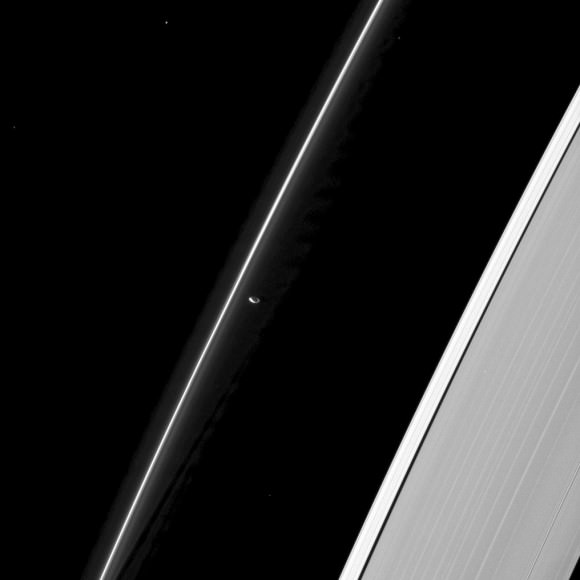
Prometheus keeps lonely watch over Saturn’s F-ring in this image from NASA’s Cassini mission. This view looks toward the unilluminated side of the rings from about 52 degrees below the ringplane. The image was taken in visible light with the Cassini spacecraft narrow-angle camera on Jan. 15, 2013.

